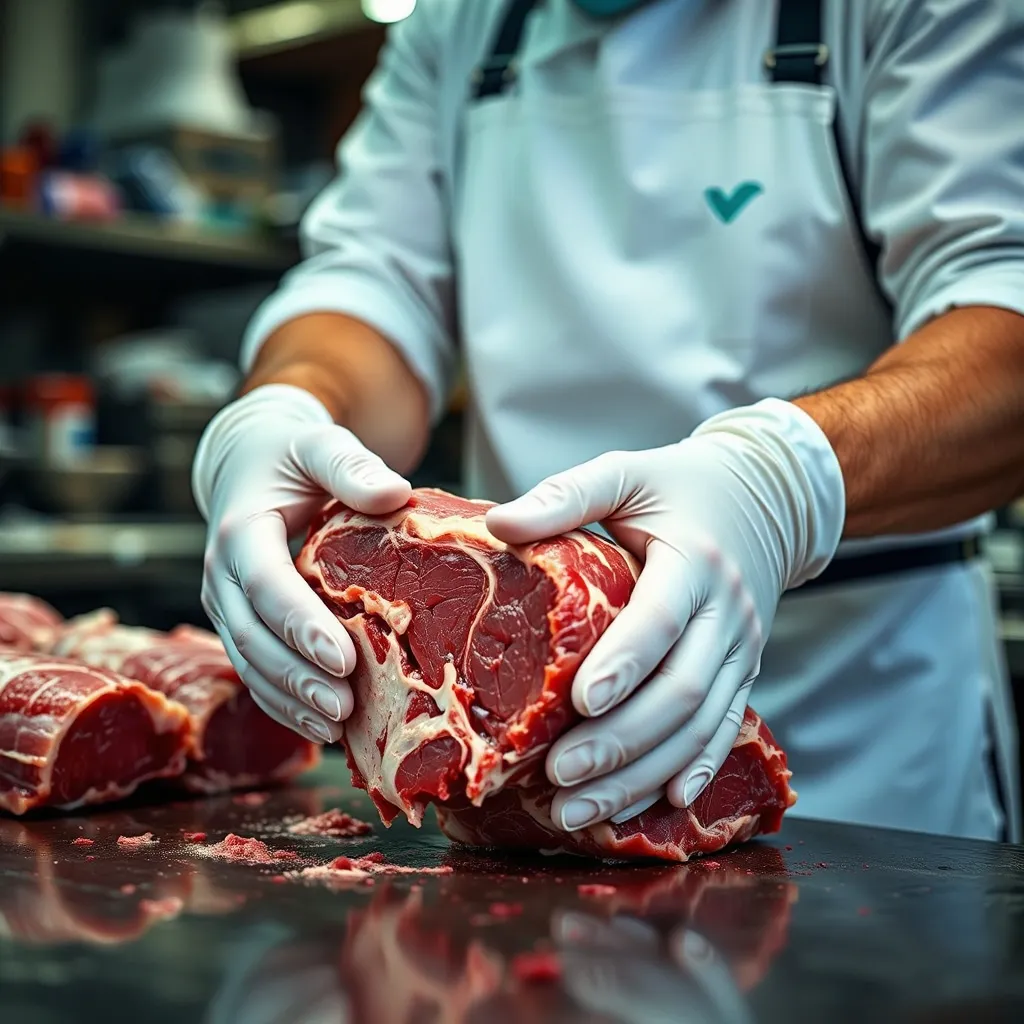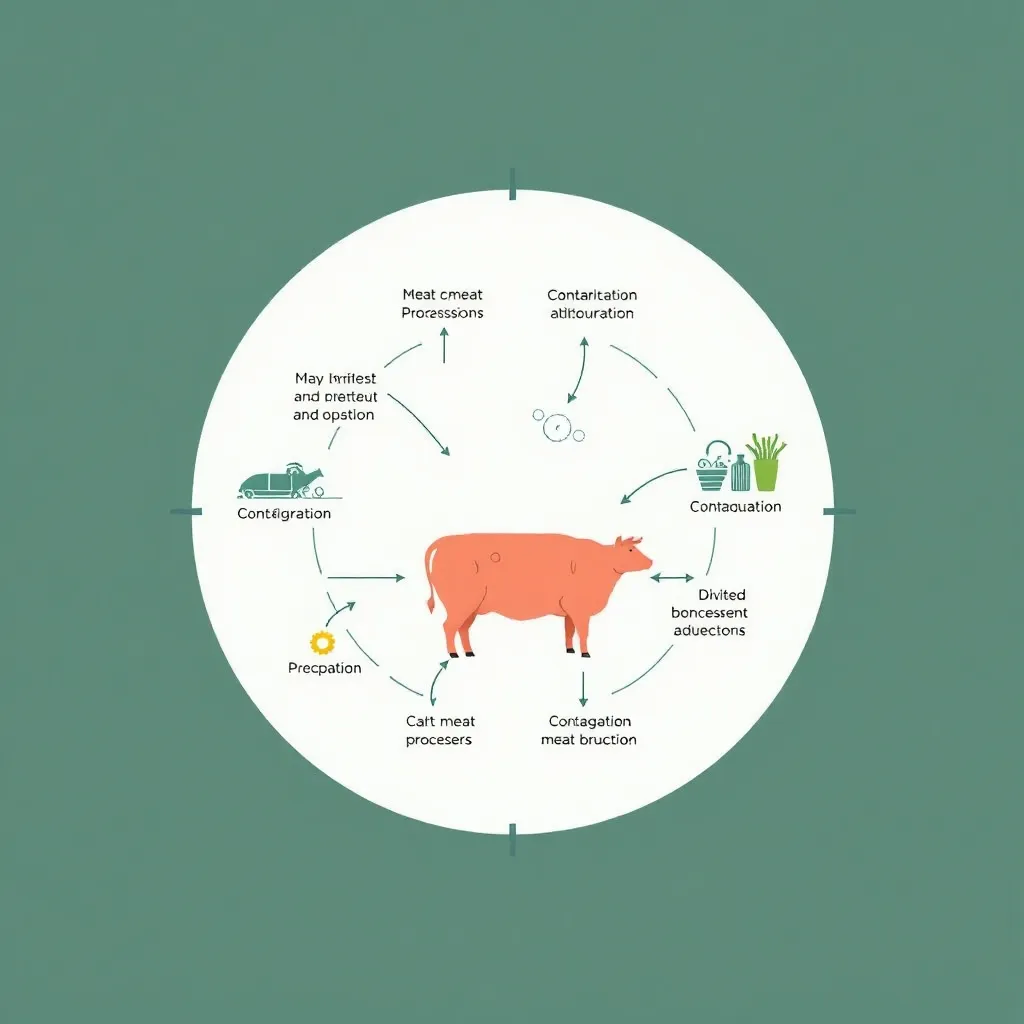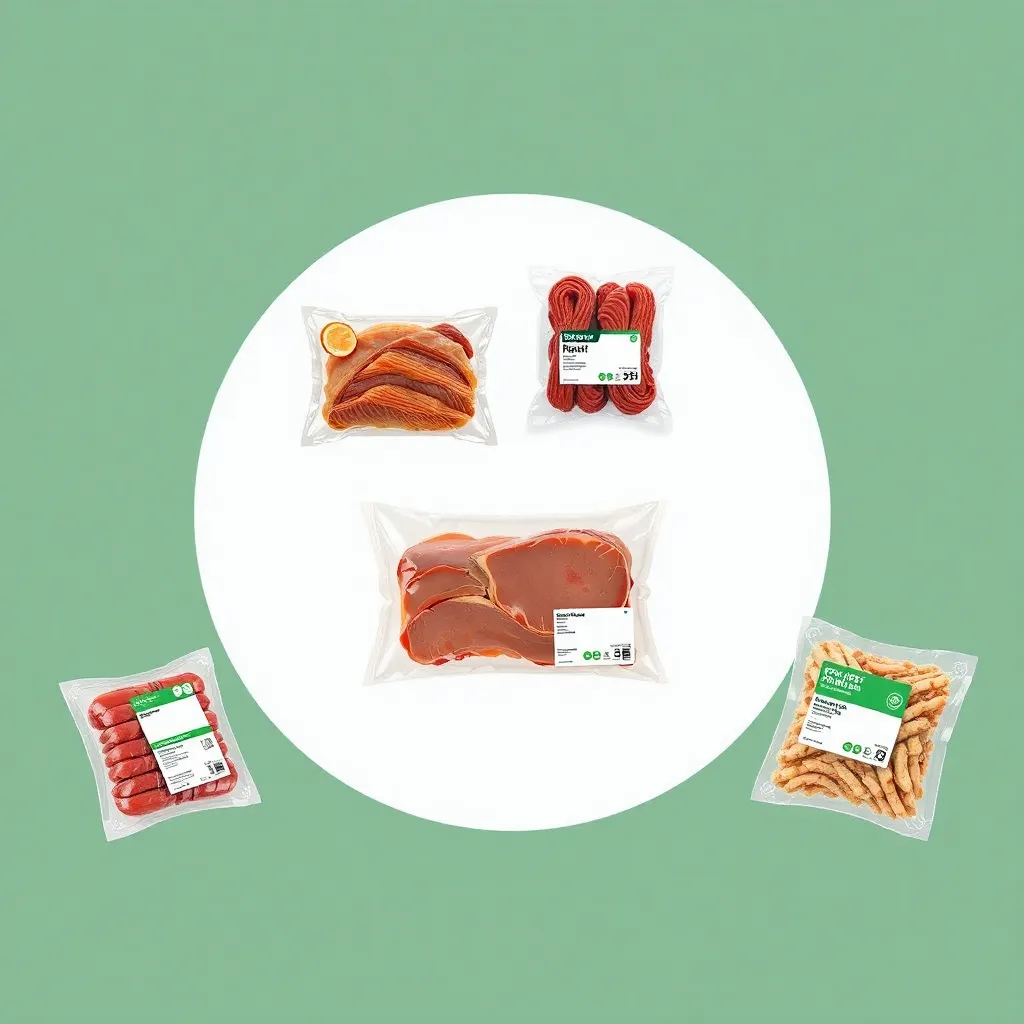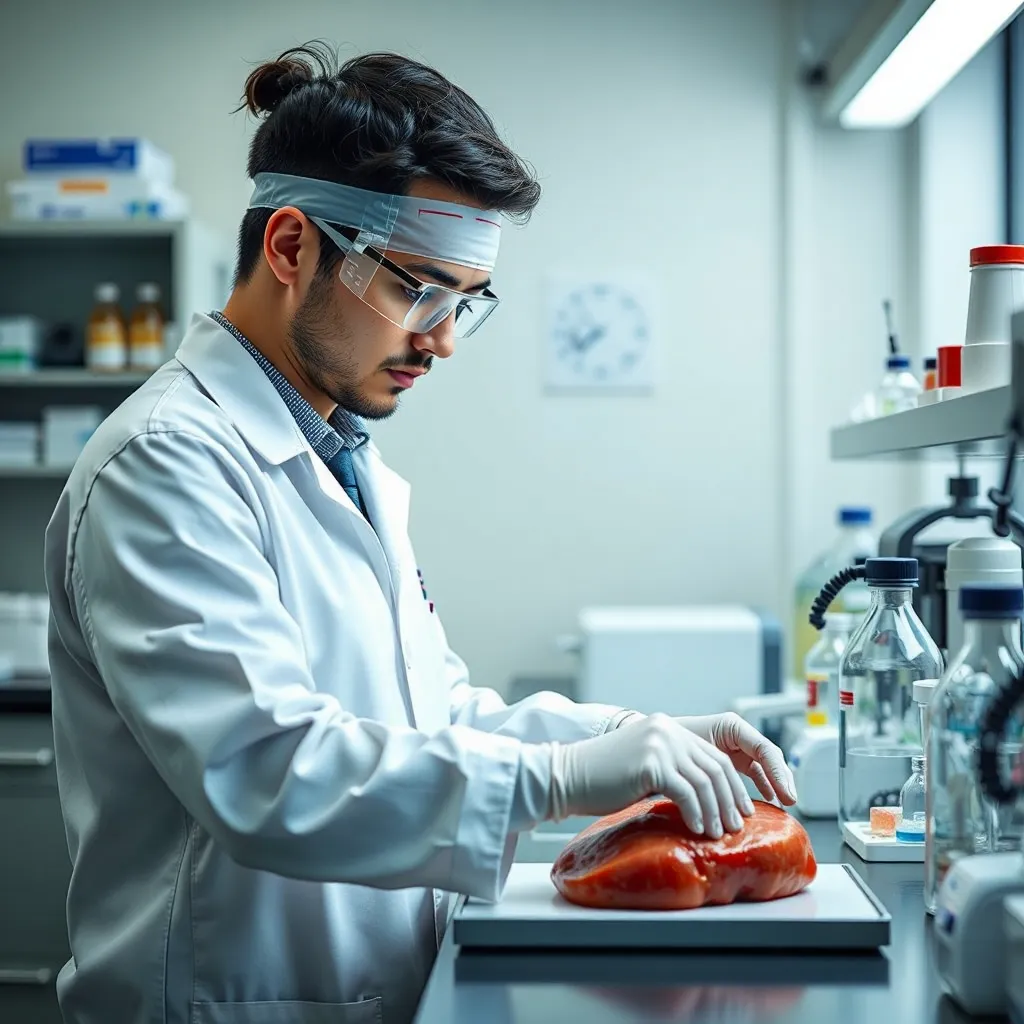Microbial Safety of Meat Products
Microbial Safety of Meat Products: A Comprehensive Guide
Ensuring the safety of meat products is paramount for public health. Microbial contamination poses a significant threat, leading to foodborne illnesses and impacting consumer confidence. This blog post delves into the intricacies of microbial safety in meat, exploring sources of contamination, common pathogens, control methods, and emerging trends.

The Importance of Microbial Safety
Microbial contamination can have far-reaching consequences:
- Health Risks: Foodborne illnesses caused by pathogens like Salmonella, E. coli, Listeria monocytogenes, and Campylobacter can range from mild discomfort to severe health complications, including kidney failure and even death.
- Economic Impact: Outbreaks of foodborne illness lead to substantial economic losses due to medical expenses, lost productivity, and product recalls.
- Consumer Confidence: Maintaining high standards of microbial safety is essential for building and preserving consumer trust in the meat industry.

Sources of Microbial Contamination
Meat can become contaminated at various stages:
- Pre-slaughter: Animals can harbor bacteria in their intestines, leading to contamination during slaughter. Cross-contamination can also occur during transport and handling.
- Post-slaughter: Improper handling, contaminated equipment, and the processing environment itself (surfaces, air, workers) can introduce microbes.
- Environmental sources: Water, soil, and inadequately sanitized equipment can also be sources of contamination.

Common Pathogens in Meat Products
Several pathogens are frequently associated with meat contamination:
- Salmonella: Causes salmonellosis, characterized by fever, diarrhea, and abdominal cramps.
- Escherichia coli (E. coli): Certain strains, such as E. coli O157:H7, can cause severe food poisoning, potentially leading to kidney failure.
- Listeria monocytogenes: This bacterium can thrive at refrigerator temperatures and cause listeriosis, a serious infection particularly dangerous for pregnant women, newborns, older adults, and individuals with weakened immune systems.
- Campylobacter: A leading cause of foodborne illness, often resulting in gastrointestinal distress.

Factors Affecting Microbial Growth
Several factors influence the growth of microbes in meat:
- Temperature: The “danger zone” for bacterial growth is between 5°C and 60°C.
- Time: The longer meat is left in the danger zone, the greater the opportunity for bacterial multiplication.
- Oxygen availability: Aerobic bacteria require oxygen, while anaerobic bacteria thrive in its absence.
- pH and moisture: Low pH (acidic conditions) and low moisture content inhibit bacterial growth.

Microbial Control Methods
Various strategies are employed to control microbial contamination:
- Good Agricultural Practices (GAP): Implementing GAP ensures healthy animal management and proper hygiene practices before slaughter.
- HACCP (Hazard Analysis and Critical Control Points): This system identifies and controls potential hazards throughout the meat processing chain.
- Sanitation: Regular cleaning and sanitizing of equipment and processing areas are crucial.
- Temperature Control: Maintaining appropriate refrigeration and cooking temperatures is essential for eliminating harmful bacteria.

Meat Processing and Preservation Techniques
Several techniques contribute to extending the shelf life and safety of meat:
- Chemical Preservatives: Nitrates and nitrites inhibit microbial growth in processed meats.
- Smoking: This traditional method adds flavor and acts as a preservative.
- Drying and Curing: Reducing moisture content hinders bacterial proliferation.
- Packaging: Vacuum packaging limits oxygen exposure and extends shelf life.

Consumer Awareness and Safe Practices
Consumers play a vital role in ensuring meat safety:
- Proper Handling: Wash hands and utensils thoroughly, and avoid cross-contamination between raw and cooked meat.
- Storage: Store meat at safe temperatures (below 5°C in the refrigerator).
- Cooking: Cook meat to recommended internal temperatures to eliminate pathogens.

Emerging Threats and Future Trends
The field of microbial food safety is constantly evolving:
- Antibiotic Resistance: Overuse of antibiotics in livestock can lead to the emergence of resistant bacteria, posing challenges for treatment.
- New Pathogens: Novel pathogens are continually emerging, requiring ongoing surveillance and adaptation of control measures.
- Technological Advancements: New technologies, such as rapid detection methods and innovative sanitation techniques, offer promising solutions for enhancing meat safety.

Conclusion
Microbial safety in meat products is a critical aspect of public health. Continuous efforts are required to improve safety standards, mitigate contamination risks, and maintain consumer confidence. By adhering to stringent safety protocols and promoting hygiene practices throughout the supply chain, we can effectively minimize the risks of foodborne illnesses and ensure the availability of safe and wholesome meat products.
FAQ
Q: How can I tell if meat is contaminated?
A: You can’t always tell by looking or smelling. Rely on proper cooking temperatures and safe handling practices.
Q: What should I do if I think I have food poisoning from meat?
A: Contact your healthcare provider immediately.
Q: Are plant-based meat alternatives safer than traditional meat?
A: Both types of products have potential microbiological risks and require safe handling.
Q: What is the role of government agencies in ensuring meat safety?
A: Agencies like the USDA and FDA establish and enforce regulations to protect consumers from foodborne illnesses.
References:
- FAO (Food and Agriculture Organization) guidelines on food safety.
- USDA (United States Department of Agriculture) standards for meat processing and safety.
- Peer-reviewed articles on microbiology in meat products (as provided in the search results).
This comprehensive guide provides valuable insights into the complexities of microbial safety in meat products, empowering consumers and industry professionals to make informed decisions and contribute to a safer food supply.
#notes






